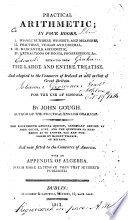 | John Gough - Arithmetic - 1813 - 358 pages
...fraction must be of th« same name or kind, and reduced to fractions of the same name or denominator. Multiply the second and third terms together and divide the product by the first; the quotient is the fourth term required ; due regard being had to the rules laid down for multiplying,... | |
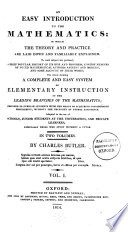 | Charles Butler - Mathematics - 1814 - 540 pages
...in either. Likewise the second term must be reduced to the lowest denomination mentioned in it. IV. Multiply the second and third terms together, and divide the product by the first ; the quotient will be the fourth term, or answer, in the same denomination into which the second term... | |
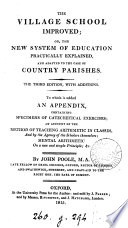 | John Poole - 1815 - 170 pages
...namely, shillings. Q. Having attended to the three given terms, what do you proceed to do next? — A. I multiply the second and third terms together, and divide the product by the first. Q. Is not this last mentioned operation the main rule in the Rule of Three Direct?— A. Yes. Q. In... | |
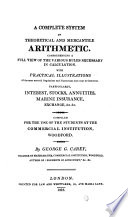 | George G. Carey - Arithmetic - 1818 - 602 pages
...means. Hence results the following rule for finding a fourth proportional to three given numbers. BULE. Multiply the second and third terms together, and divide the product by the first, and the quotient is the answer, or fourth proportional. EXAMPLE I. Required a fourth proportional to 3, 8, and 12. 3... | |
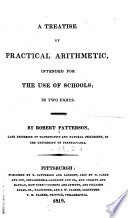 | Robert Patterson - Arithmetic - 1819 - 174 pages
...we have the equation ad = be, and this divided by a, will give d = —. In words — multiply the a second and third terms together, and divide the product...by the first, and the quotient will be the fourth, or term required. II. IN ALLIGATION ALTERNATE. Let a, A, = the respective rates of two ingredients... | |
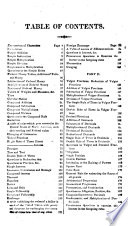 | Jacob Willetts - Arithmetic - 1822 - 200 pages
...DIRECT PROPORTION. RULE. Prepare the given terms, if necessary, and state them as ia whole numbers : multiply the second and third terms together, and divide the product by the first : Or, Invert the first term and multiply the three together, as in Multiplication. EXAMPLES. i . If... | |
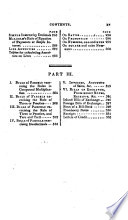 | Thomas Keith - Arithmetic - 1822 - 354 pages
...the second into the lowest denomination mentioned. Multiply the second and third numbers together, divide the product by the first, and the quotient will be the answer in the same denomination as the second number.. If there be a remainder after division, it is... | |
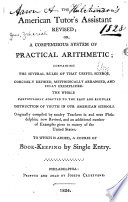 | Zachariah Jess - Arithmetic - 1824 - 224 pages
...dols. yds. dols. ' A " 5 ' 3 : 6 :: 9 : 1 8 more requiring more I 20 : 40 :: 3 : 10 less requiring less RULE. Multiply the second and third terms together, and divide the product by the first ; the quotient will be the fourth term, or answer ; in the same name with the second. PROOF. Invert... | |
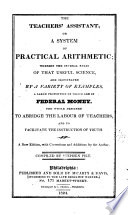 | Stephen Pike - Arithmetic - 1824 - 212 pages
...THREE, IN VULGAR FRACTIONS. Prepare the given terms, if necessary, and state them as in whole numbers ; multiply the second and third terms together, and divide the product by the first. Or, Invert the dividing term, and multiply the three terms together, as in Multiplication. EXAMPLES.... | |
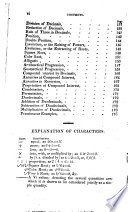 | Thomas Tucker Smiley - Arithmetic - 1825 - 224 pages
...second terms to the same denomination, and to the lowest denomination mentioned in either oi them. 3. Multiply the second and third terms together, and divide the product by the first term; the result will be-tbe fourth term OF answer in the same denomination to which the third term... | |
| |